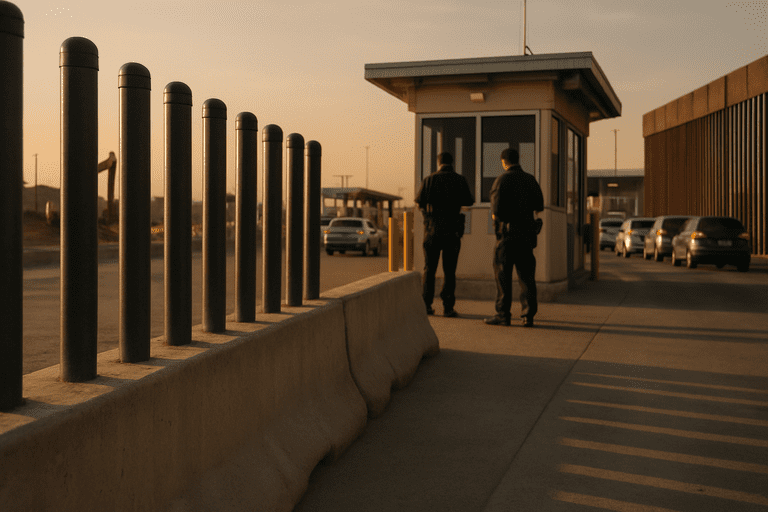🎧 Listen to the summary:
The administration’s border package is a decisive, long-term bet on control and order: more funding, more personnel, and more physical barriers designed to sharply reduce unauthorized crossings while strengthening legitimate ports of entry. Enacted H.R. 1 commits roughly $170.7 billion to immigration and border enforcement — a scale of investment that signals seriousness: $51.6 billion for construction and maintenance of border barriers and checkpoint upgrades, $5 billion for CBP facilities, $45 billion to expand detention capacity, $29.9 billion for enforcement and removals, and $7.8 billion for Border Patrol hiring and vehicles. Those sums are meant to fast-track tangible work on the frontier and concentrate resources where officials say they will yield immediate operational effects.
Implementation leans on executive directives and tight appropriations management, including a reconciliation path that grants agency leaders broad discretion over lump-sum spending and accelerates deadlines: most funds must be allocated by September 30, 2029. That agility — including a $10 billion Border Enforcement Fund and a $10 billion State Border Security Reinforcement Fund to reimburse costs with light statutory constraints — is purposeful: when the goal is to move at scale, flexibility is a feature, not a bug. New administrative authorities, such as allowing the DHS secretary to set minimum detention standards for single-adult facilities without the usual review and expanded DOD support for temporary military staging and infrastructure, supply the tools to act swiftly.
Practically, the package centralizes choices at agency headquarters and with contractors, boosting procurement and detention contracts while reducing routine congressional line-item oversight. That concentration of authority accelerates delivery but carries predictable trade-offs — exactly the kind of interruption that accompanies major, rapid change. Affected parties range widely: asylum seekers and unaccompanied children (facing new fees and potential lengthier detention), border communities, state law enforcement partners, private detention contractors, CBP and ICE personnel, and immigration courts.
Those trade-offs are embedded by design: steep fee hikes and annual asylum fees shift costs to applicants; a cap on immigration judges alongside expanded detention beds risks longer deportation dockets; large flexible funds create potential distributional friction and misuse; broader military roles invite diplomatic and legal tension with neighbors. These are not accidental harms but the unavoidable costs of national ambition — and, to proponents, the clearest evidence that the administration is prepared to pay them to restore order. Near-term next steps include agency rulemaking, contract awards, and deployment tied to the national emergency declaration, with courts and oversight bodies poised to review the most contentious elements.
—
Lisa Grant reports on immigration enforcement, border operations, and national security protocols. She studied political science at Arizona State University and previously worked as a legislative staffer on immigration reform. Her reporting brings a field-level understanding of border policy and how it is applied in communities across the Southwest.



